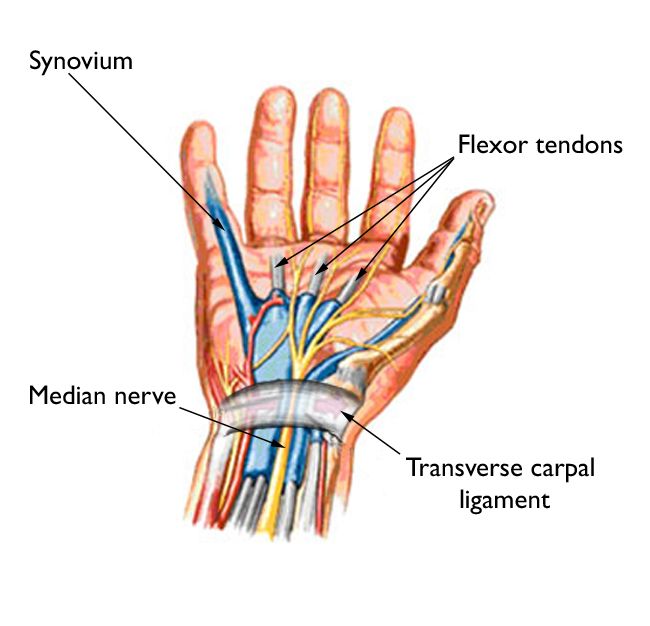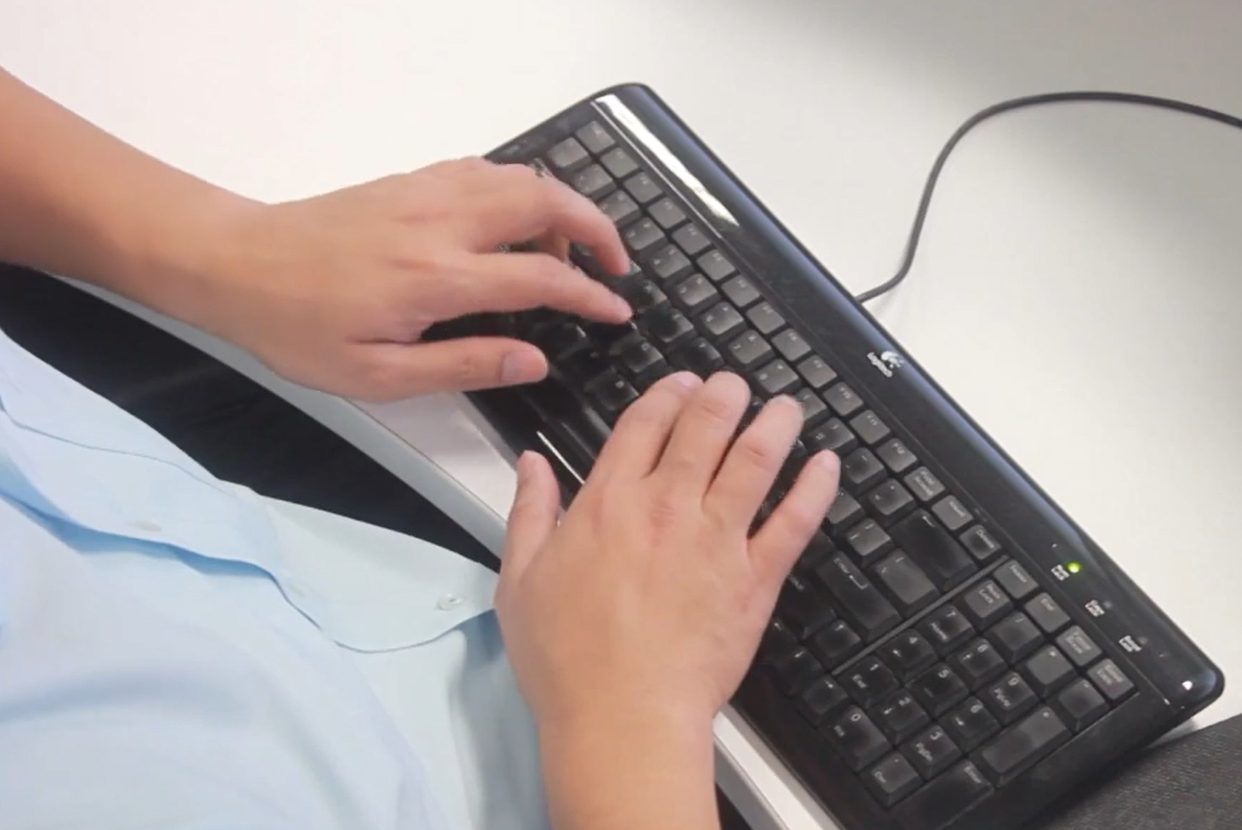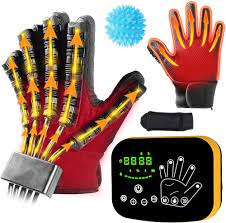The compressed median nerve is a common but often misunderstood condition that can lead to significant discomfort and functional impairment. This guide will explore what the compressed median nerve is, its causes, symptoms, and effective ways to manage and alleviate this condition.
What is a Compressed Median Nerve?

The median nerve runs from the forearm into the hand, passing through a narrow passageway in the wrist called the carpal tunnel. This nerve controls sensations to the palm side of the thumb and fingers (excluding the little finger) and the muscle impulses to small muscles in the hand that allow the fingers and thumb to move.
When the median nerve is compressed or pinched, it can lead to a range of symptoms collectively known as carpal tunnel syndrome. This compression can result from various factors, including repetitive hand movements, wrist anatomy, and underlying health conditions.
Causes of Compressed Median Nerve
Several factors can contribute to the compression of the median nerve:
- Repetitive Strain: Frequent repetitive motions of the wrist or hand, such as typing or using a mouse, can cause swelling and inflammation in the carpal tunnel.
- Wrist Anatomy: Some people have a naturally smaller carpal tunnel, which can predispose them to nerve compression.
- Health Conditions: Conditions like diabetes, rheumatoid arthritis, and thyroid disorders can increase the risk of developing carpal tunnel syndrome.
- Injury: Wrist injuries, such as fractures or sprains, can lead to swelling and compression of the median nerve.

Symptoms of Compressed Median Nerve
The symptoms of a compressed median nerve typically develop gradually and can include:
- Numbness or Tingling: Often in the thumb, index, middle, and ring fingers. This sensation may occur while holding a steering wheel, phone, or newspaper, and may wake you from sleep.
- Weakness: A tendency to drop objects or difficulty in gripping due to weakness in the hand.
- Pain: Discomfort or pain in the wrist, palm, or fingers.
Diagnosing Compressed Median Nerve
If you suspect you have a compressed median nerve, it’s important to seek medical evaluation. Diagnosis typically involves:
- Physical Examination: A healthcare provider will examine your hand and wrist and may perform specific tests to assess nerve function.
- Electrodiagnostic Tests: These tests measure how well the median nerve is functioning and can help confirm the diagnosis.
- Imaging Tests: In some cases, X-rays or MRI scans may be used to rule out other conditions.
Effective Solutions for Managing and Alleviating Compressed Median Nerve
Managing a compressed median nerve involves both non-surgical and surgical treatments. Here are some effective solutions:
Non-Surgical Treatments
- Wrist Braces: Wearing a wrist brace, like the Doctor Developed Wrist Brace, can help keep the wrist in a neutral position and reduce pressure on the median nerve.
- Ergonomic Modifications: Adjusting your workstation with ergonomic accessories, such as the Logitech MX Vertical Wireless Mouse and ProtoArc Backlit Wireless Ergonomic Keyboard, can help minimize strain on your wrist.
- Physical Therapy: Specific exercises and stretches can help reduce symptoms and improve wrist function.
- Medications: Non-steroidal anti-inflammatory drugs (NSAIDs) or corticosteroid injections may be used to reduce inflammation and pain.
- Heat Therapy: Using products like the MZU Upgraded Heat Gloves can provide soothing relief to the affected area.

Surgical Treatments
If non-surgical treatments do not provide relief, surgical options may be considered. Carpal tunnel release surgery involves cutting the ligament that is pressing on the median nerve to relieve the pressure.
Prevention Tips
Preventing a compressed median nerve involves adopting healthy habits and making ergonomic adjustments:
- Take Frequent Breaks: If you engage in repetitive activities, take regular breaks to rest your hands and wrists.
- Maintain Good Posture: Keep your wrists straight and avoid bending them for prolonged periods.
- Use Proper Equipment: Invest in ergonomic tools and accessories to support a neutral wrist position.
- Stay Active: Regular exercise and stretching can help maintain flexibility and reduce the risk of nerve compression.

Conclusion
Understanding the causes, symptoms, and treatments of a compressed median nerve is essential for effective management and relief. By adopting preventive measures and seeking appropriate treatment, you can alleviate symptoms and improve your quality of life. For more information on products and tips for managing carpal tunnel syndrome, visit Carpal Tunnel Gadget.
